May 16, 2025 | 09:49 GMT +7
May 16, 2025 | 09:49 GMT +7
Hotline: 0913.378.918
May 16, 2025 | 09:49 GMT +7
Hotline: 0913.378.918

Japan has been identified as a rapidly expanding market for cassava imports from Vietnam, a significant increase of 3,357.6% in volume.
As per the report by the General Statistics Office of Vietnam, cassava and cassava products exports in April 2023 amounted to 189,820 tons, with a total value of USD 76.03 million.
It is notable that Japan has been identified as a rapidly expanding market for cassava imports from Vietnam. Between January and April 2023, cassava exports to Japan amounted to 2,280 tons, with a total value of USD 1.16 million. This represents a significant increase of 3,357.6% in volume and 1,742% in value when compared to the corresponding period in 2022.
As of April 2023, China retained its position as the primary market for Vietnam's cassava and cassava products, constituting 88.59% of the nation's overall cassava exports. The export volume amounted to 168,150 tons, with a total value of USD 65.92 million. However, there was a decline of 25.5% in volume and 21.5% in value on a monthly basis, and a decrease of 18.2% in volume and 27.7% in value compared to the previous year.
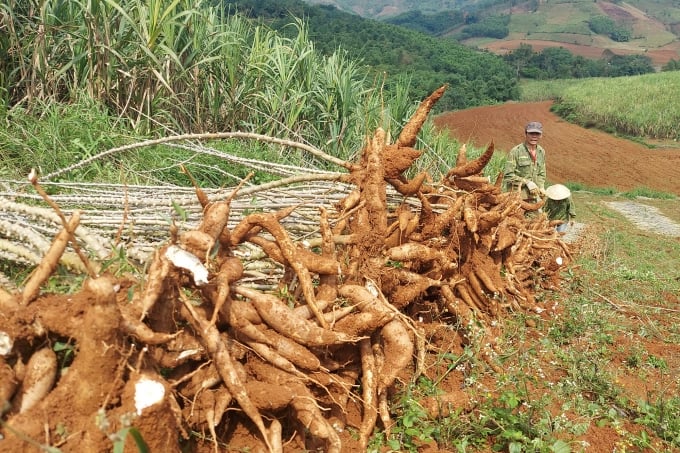
Vietnam is the second-largest supplier of tapioca starch to China during the initial quarter of 2023, providing 400,330 tons of the product valued at USD 177.71 million. Photo: Vo Dung.
Between January and April 2023, Vietnam's export of cassava and cassava products to China amounted to 1.05 million tons, valued at USD 397.37 million. This represents a decline of 3.3% in volume and 15.7% in value year on year.
Vietnam is the second-largest supplier of tapioca starch to China during the initial quarter of 2023, providing 400,330 tons of the product valued at USD 177.71 million. This figure represents a 12.1% increase in volume, yet a 2.3% decrease in value, compared to the same period last year. Vietnam's cassava starch market share experienced a significant rise from 30.67% in the first quarter of 2022 to 39.39%.
Vietnam Cassava Association's report noted that during the initial 10-day of May 2023, the procurement cost of newly harvested cassava in Tay Ninh is reported to be within the range of 3,400-3,600 VND/kg. In Dak Lak, was observed to be 3,000-3,050 VND/kg, while in Gia Lai, 3,300-3,100 VND/kg. The prices displayed stability in comparison to the concluding period of April 2023. At present, there exists a scarcity of cassava starch inventory, resulting in an increase in its market price.

Across the nation, there exist 27 provinces that house facilities for the processing of cassava starch, with approximately 120 industrial-scale factories.
Currently, the inventory of tapioca starch in China is limited, resulting in an interest among Chinese consumers to purchase the product at a premium price point. The export prices of cassava starch in Lang Son and Mong Cai, located in the Quang Ninh province, show an ongoing upward trend.
Vietnamese manufacturing facilities are currently providing cassava starch for purchase at a price range of 535-555 USD/ton (FOB HCMC port), indicating a 10 USD/ton rise in comparison to the conclusion of April 2023. The cost of tapioca starch transportation to Mong Cai and Lang Son was observed to be within the range of 3,750-3,950 CNY/ton, indicating a rise of 100-150 CNY/ton in comparison to the rates recorded at the conclusion of April 2023.
According to The Observatory of Economic Complexity, Japan's cassava imports amounted to USD 26.1 million in 2021, the 16th highest importer of cassava globally. In this fiscal year, cassava has been ranked as the 847th most imported commodity in Japan. The primary sources of Cassava imports include China (valued at 9.47 million USD), Vietnam (8.38 million USD), Indonesia (4.28 million USD), and Thailand (2.52 million USD).
The Japanese market exhibits a significant demand for foreign agricultural, aquatic, and food products, encompassing a range of items such as fish and fish-derived products, shrimp, eel, meat and meat-based products, soybeans, cereal products, fresh and processed vegetables, and coffee. Vietnam is widely acknowledged as a nation that possesses notable competencies in the aforementioned commodities and exhibits a commendable capacity for supplying the Japanese market.
By 2023, Japan is expected to emerge as a promising market for cassava and its derivatives from Vietnam, owing to its proximity and substantial demand. The ongoing conflict between Russia and Ukraine has impacted the supply and pricing of both corn and wheat. Hence, it can be believed that the global and specifically Japanese markets will witness an extended surge in the demand for cassava in the years to come.

The current cassava cultivation area in Vietnam is 528,000 hectares.
The current cassava cultivation area in Vietnam is 528,000 hectares. Across the nation, there exist 27 provinces that house facilities for the processing of cassava starch, with approximately 120 industrial-scale factories boasting a combined designed capacity of 11.3 million tons of fresh tubers per year.
Approximately 26% of establishments maintain close associations with regions that produce raw materials. Approximately 70% of the nation's complete cassava crop is represented by the exports of cassava and cassava-derived commodities. Vietnam is the third most significant global exporter of cassava and cassava products, following Thailand and Cambodia, respectively. Additionally, Vietnam ranks second in terms of export revenue, following only Thailand.
Translated by Linh Linh
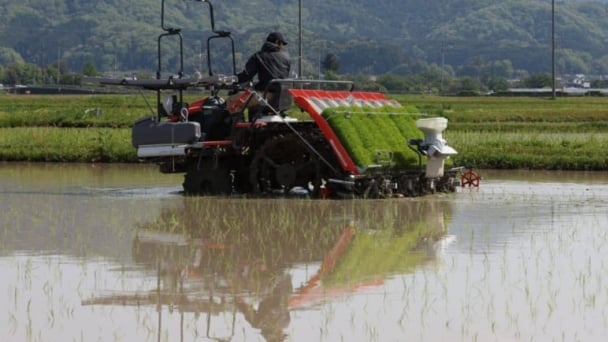
(VAN) Japan's efforts to lower the price of rice through the release of its stockpile may finally be making some progress, albeit at a snail's pace.

(VAN) U.S. tariffs are not only a 'shock', but also an opportunity for Vietnamese businesses to renew their mindset toward comprehensive development.
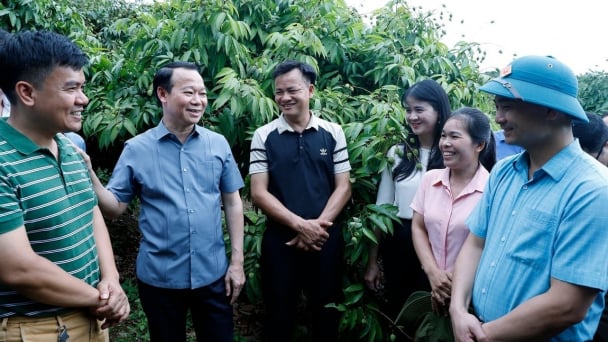
(VAN) As Bac Giang lychee enters the harvest season, Minister Do Duc Duy expects that the fruit will contribute greatly to agricultural exports due to standardized production and deep processing.
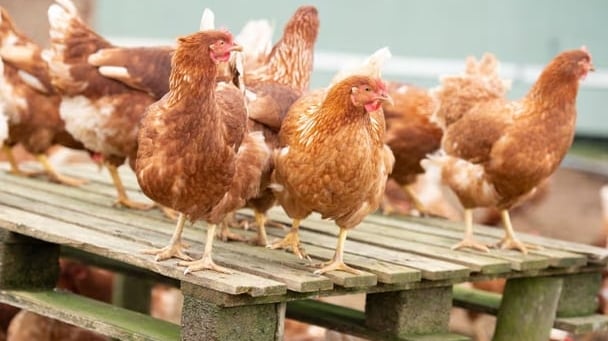
(VAN) Consumers have shown a preference for free-range eggs, but those farming systems are more vulnerable to biosecurity risks like bird flu.
/2025/05/09/5701-1-184335_301.jpg)
(VAN) Vietnam’s eel exports nearly doubled thanks to a mud-free farming model, opening up new prospects while still facing numerous barriers related to international standards.
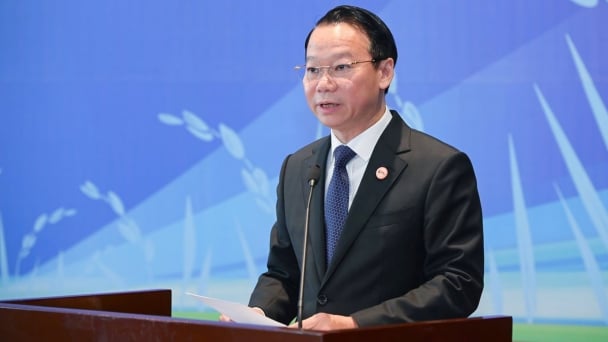
(VAN) Minister Do Duc Duy warned that if production is not professionalized and supply chains are not transparent, the U.S. market could become a growth bottleneck.
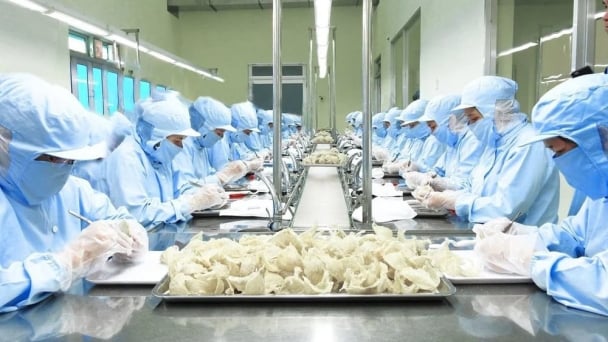
(VAN) Delegating surveillance responsibilities to local authorities is a cost-saving and efficiency-boosting measure that removes a key bottleneck for enterprises, according to Director General Duong Tat Thang.